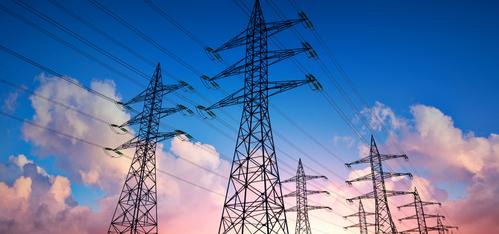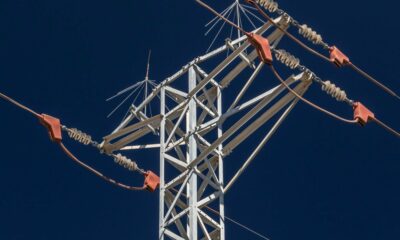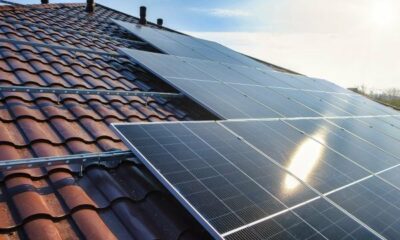411
Lower Electricity Prices on the Horizon as South Africa Unlocks Private Energy Market

Electricity and Energy Minister Kgosientsho Ramokgopa has announced a major step forward in South Africa’s energy sector that could bring long-term relief for households and businesses alike.
During a media briefing on 6 May 2025, Ramokgopa confirmed that revised regulations enabling third-party electricity wheeling are now in place — a move he describes as the most transformative energy intervention made by the current administration.
“It’s going to help us remake the energy and electricity landscape in the country,” said Ramokgopa.
What Is Third-Party Wheeling and Why Does It Matter?
Third-party wheeling allows independent power producers (IPPs) to sell electricity directly to consumers using Eskom’s transmission infrastructure, bypassing the state-owned utility’s traditional monopoly.
This creates a competitive environment where private generators can enter the market, leading to lower electricity prices, greater efficiency, and improved service delivery.
South Africans can expect reduced annual electricity tariff hikes as Eskom is forced to become more competitive to retain customers. This will likely push the utility to invest in infrastructure upgrades and reduce operational inefficiencies.
Better Prices, Greener Energy
The new rules also align with South Africa’s green goals, enabling the private sector to support the reduction of greenhouse gas emissions. Ramokgopa noted that failing to reduce emissions could harm South Africa’s trade with regions like the European Union.
“Wheeling has been happening in the country for the last 15 years… This is just an enhancement of the wheeling arrangements to now include wheeling into municipalities,” he explained.
Challenges Ahead
Despite the optimism, several roadblocks remain:
-
Some municipalities lack the capacity to determine appropriate distribution tariffs.
-
Outdated billing systems may not support the new wheeling model.
-
Municipalities with outstanding debt to Eskom are barred from participating.
-
Grid capacity in areas like the Northern Cape is limited, and Eskom is currently building only 300km of transmission lines per year — far short of the 2,500km needed.
Experts like Peter Attard Montalto from Krutham warn that Eskom’s slow grid expansion could stall the rollout of wheeling.
“We’re going to need the private sector doing independent transmission power projects. That’s how you roll out grids very quickly,” said Montalto.
A Step Toward Energy Security
While challenges persist, the revised third-party wheeling policy signals a significant shift in how South Africa powers its future. If implemented effectively, this move could not only stabilize and reduce electricity prices but also unlock private investment and drive green energy development.
{Source: My Broad Band}
Follow Joburg ETC on Facebook, Twitter , TikTok and Instagram
For more News in Johannesburg, visit joburgetc.com



























